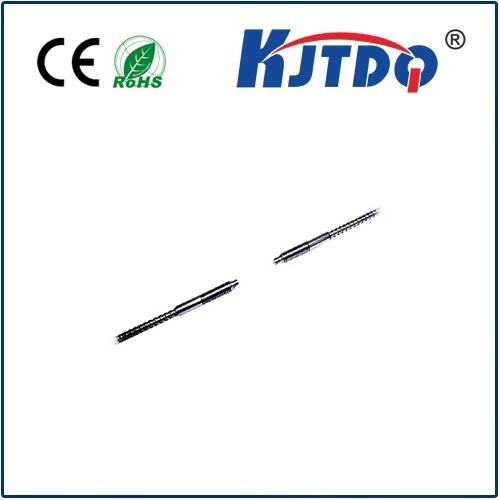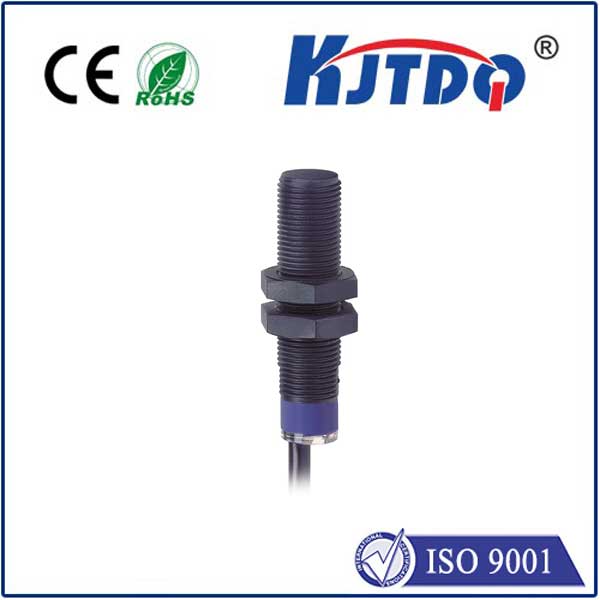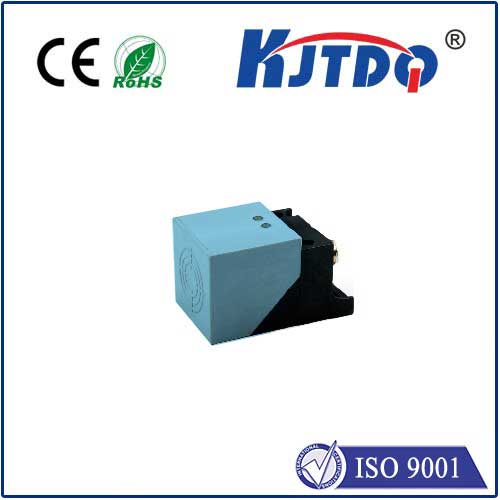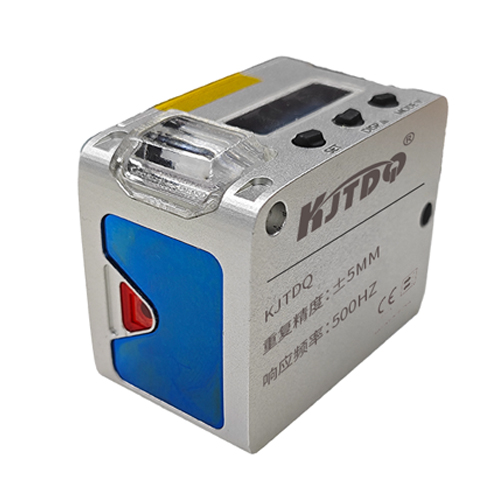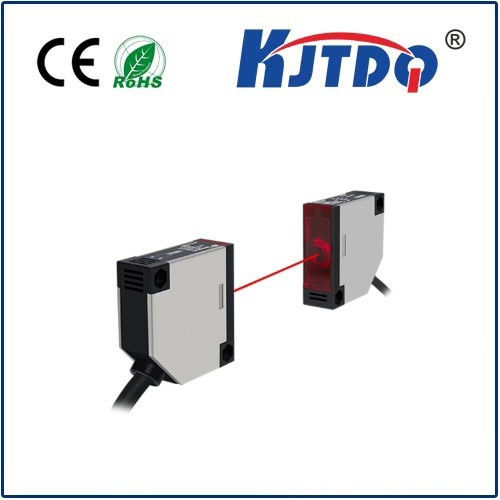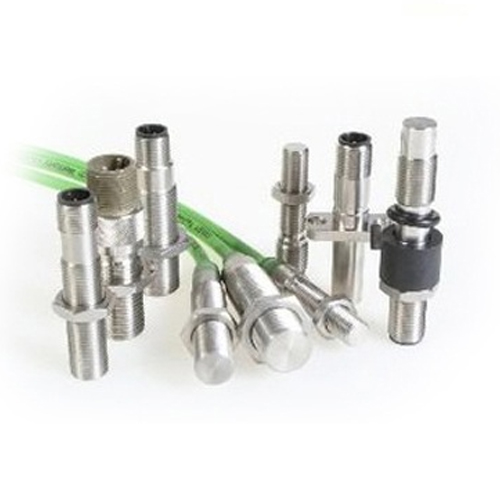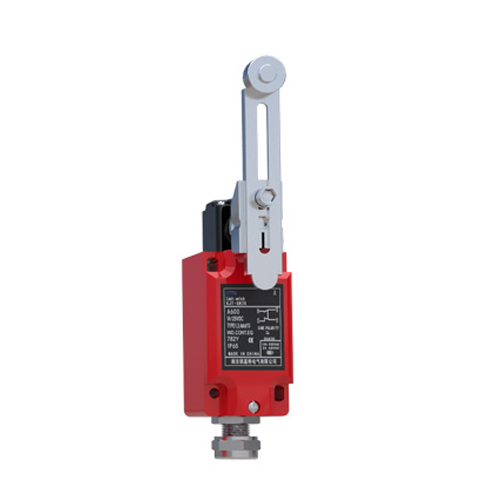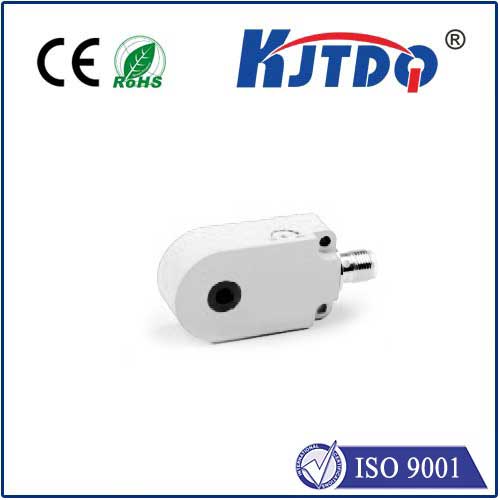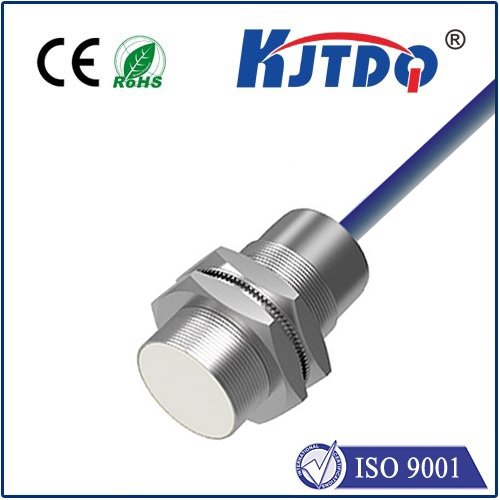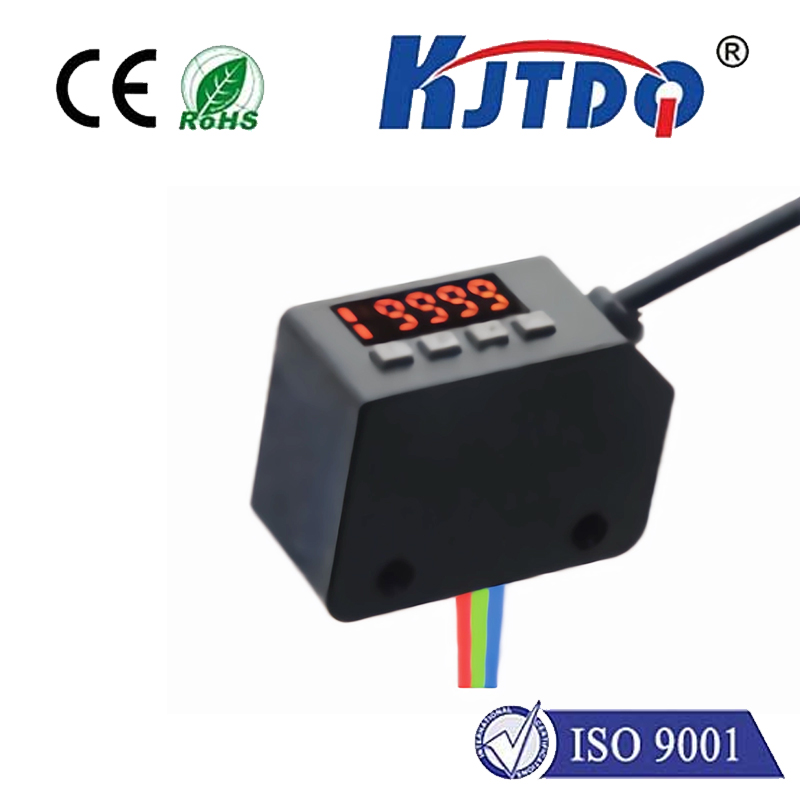E3FB-BP11 2M 5V Photoelectric Sensor: Compact Power for Precision Object Detection
Imagine needing to detect the presence or absence of a small component on a high-speed assembly line, within the cramped confines of intricate machinery, or inside a portable device. Space is precious, power might be limited, but reliability is non-negotiable. This is precisely the challenge addressed by sensors like the E3FB-BP11 2M 5v photoelectric sensor. It represents a potent blend of compact design, low-voltage operation, and dependable performance, making it a go-to solution for a vast array of automation and detection tasks where size and power constraints are critical.
At its core, the E3FB-BP11 is a diffuse-reflective photoelectric sensor. This means it houses both the light emitter (typically an infrared LED) and the receiver within a single unit. The sensor operates by emitting a beam of light outward. When this light strikes a target object within its defined sensing range, a portion of the light diffuses (scatters) back towards the sensor. The internal receiver detects this reflected light. Crucially, the sensor intelligently compares the intensity of the reflected light to a pre-set threshold level. If the reflected light exceeds this threshold, indicating an object is present, the sensor’s output switches state (e.g., from OFF to ON, or vice-versa).

The designation “E3FB-BP11 2M 5v” provides its key specifications:
The inherent diffuse-reflective principle used by the E3FB-BP11 offers distinct advantages, particularly its simplicity of installation. Unlike through-beam sensors (requiring precise alignment of separate emitter and receiver units) or retro-reflective sensors (needing a reflector opposite the sensor), the diffuse type only requires mounting one unit. There’s no need to run cables to a separate receiver or install and maintain a reflector. This significantly reduces installation time, complexity, and potential points of failure related to misalignment. However, the trade-off is sensitivity to the target’s reflective properties and ambient light conditions compared to through-beam types.
So, where does the E3FB-BP11 2M 5V excel? Its combination of features makes it remarkably versatile:
Installing the E3FB-BP11 is typically straightforward. Mounting holes or brackets facilitate secure attachment. Alignment is less critical than with beam-based sensors, but optimal performance is achieved by positioning the sensor perpendicular to the target path at a distance where reliable detection of the specific target occurs consistently. Most models feature a sensitivity adjustment potentiometer or teach-in function. Fine-tuning this sensitivity is key to adapting to different target colors/materials or compensating for varying ambient light levels, ensuring stable operation without false triggers. Crucially, always ensure the power supply (5V DC) is within the sensor’s specified tolerance and correctly wired according to its datasheet (typically requiring connection to V+, V-, and the output signal line).
Key advantages that solidify the E3FB-BP11 2M 5V’s position include:
When evaluating a photoelectric sensor like the E3FB-BP11 for your application, consider these factors: the required sensing distance relative to your target’s properties (the 2M range is a maximum under ideal conditions), the target’s size, color, and material (affecting reflectivity), the environmental conditions (ambient light, dust, moisture – check the sensor’s IP rating), the available power supply (must be 5V DC), and the required output type (NPN or PNP transistor, light/dark ON – ensure compatibility with your controller).
The E3FB-BP11 2M 5V photoelectric sensor stands out as a remarkably practical and adaptable solution. By delivering Omron’s renowned reliability in an exceptionally compact form factor, operating efficiently at low-voltage 5V DC, and offering a useful 2-meter sensing range, it empowers designers and engineers to implement precise object detection in scenarios where larger sensors or higher voltages simply won’t fit or aren’t practical. Whether optimizing a high-speed production line, building a sophisticated robot, or developing a new electronic device, this sensor provides a robust and versatile foundation for detecting the physical world reliably and efficiently.
